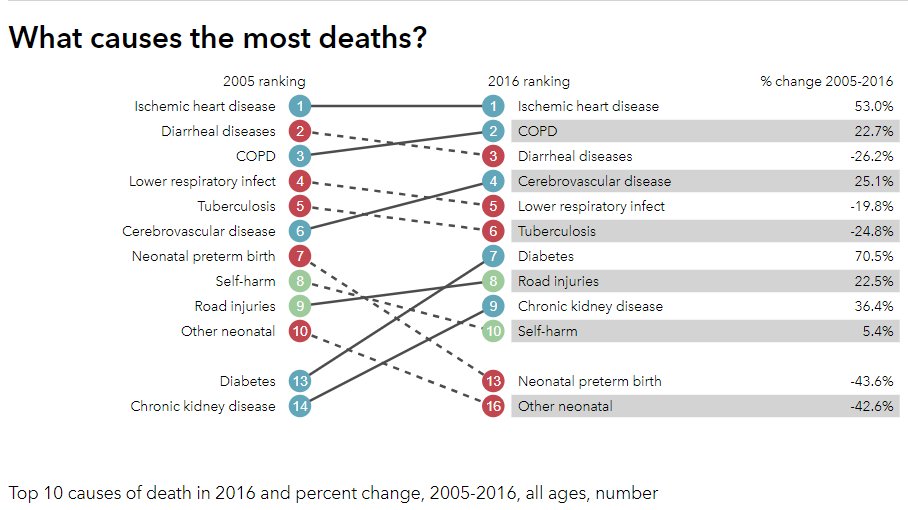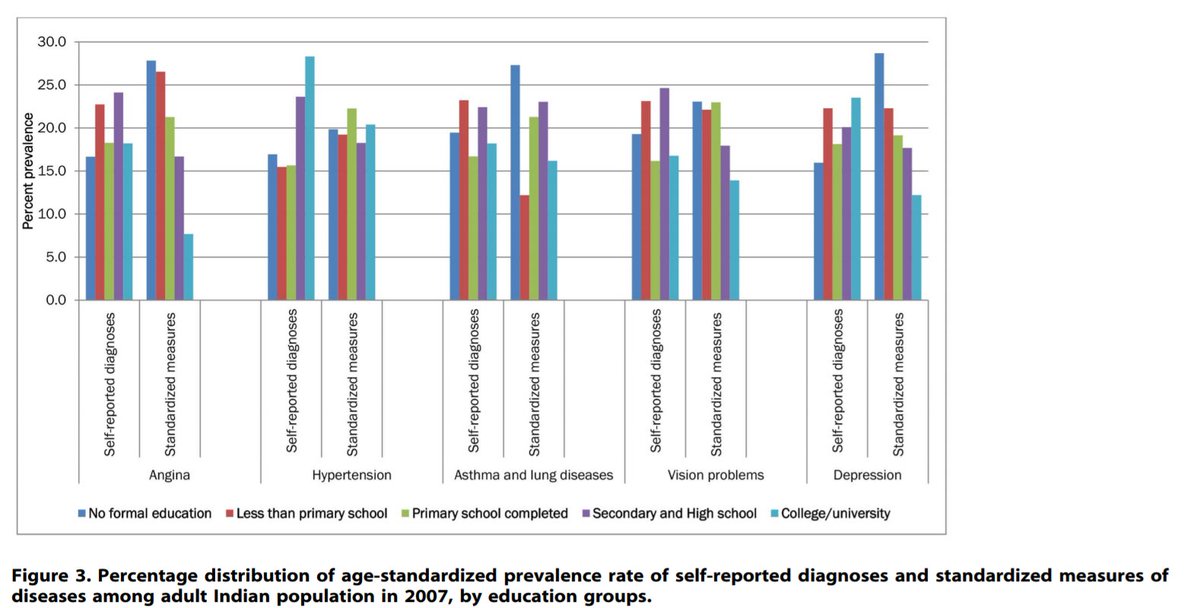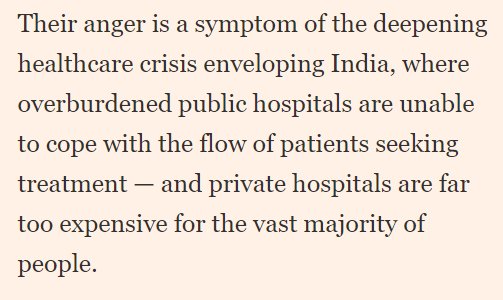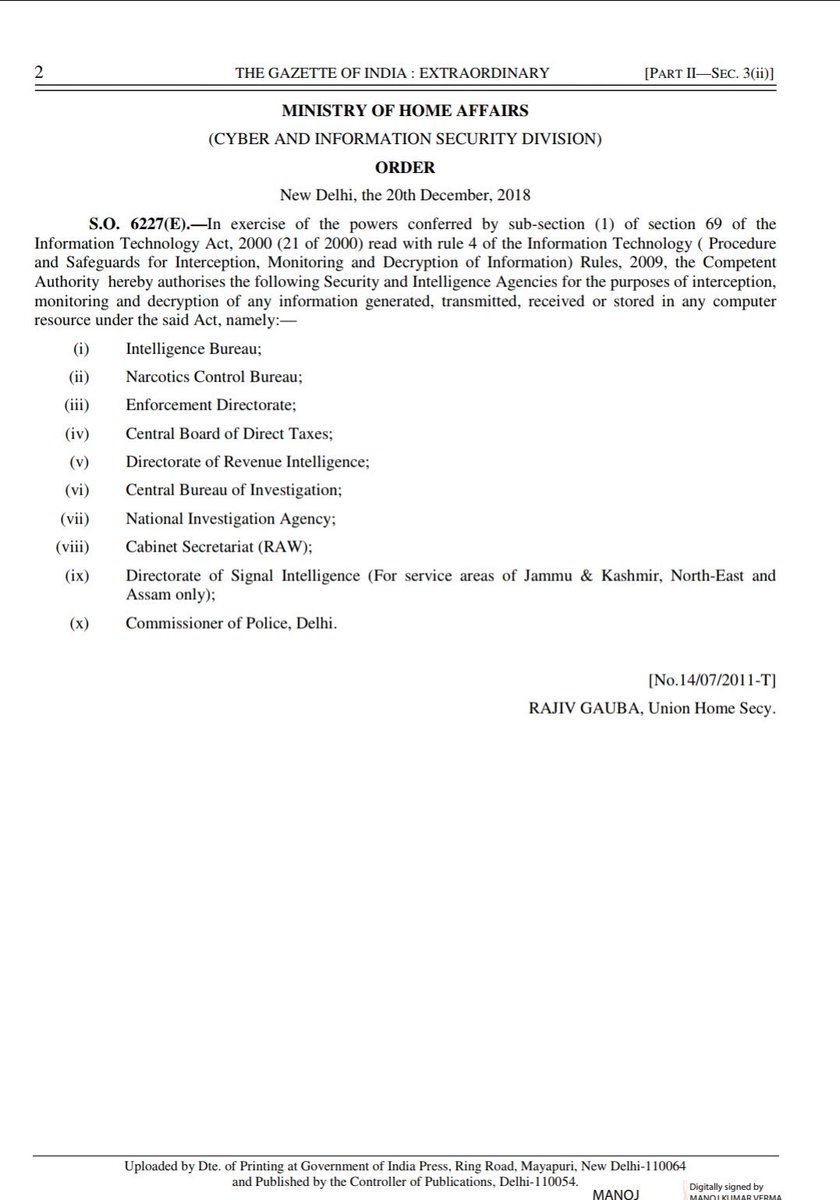timesofindia.indiatimes.com/city/ahmedabad…
academic.oup.com/ije/article/42…
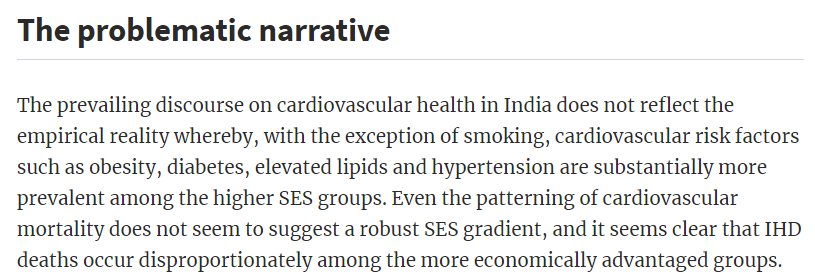
Well, this is troubling for a lot of reasons! Mainly we're putting a LOT of resources and attention into conditions that may be only affecting a small portion of the population.
ncbi.nlm.nih.gov/pmc/articles/P…
NCDs account for about 44% of DALY in India. The brunt of living with disabilities is then borne by lower economic sections, many of whom are never even diagnosed.
falling into poverty; the impact of this has been increasing pushing around 39 million Indians into poverty each year."
Source: (2011) ncbi.nlm.nih.gov/pmc/articles/P…
Yuuup, sounds about right 😕
firstpost.com/india/indias-h…
scroll.in/article/884644…
bit.ly/2vkqhQd
reuters.com/article/us-ind…
foreignpolicy.com/2018/01/02/ind…
On the one hand, it is a source of revenue that could help our badly underfunded public health sector! Unfortunately there is no evidence that any of that money actually makes its way back to the institutions that need it.
